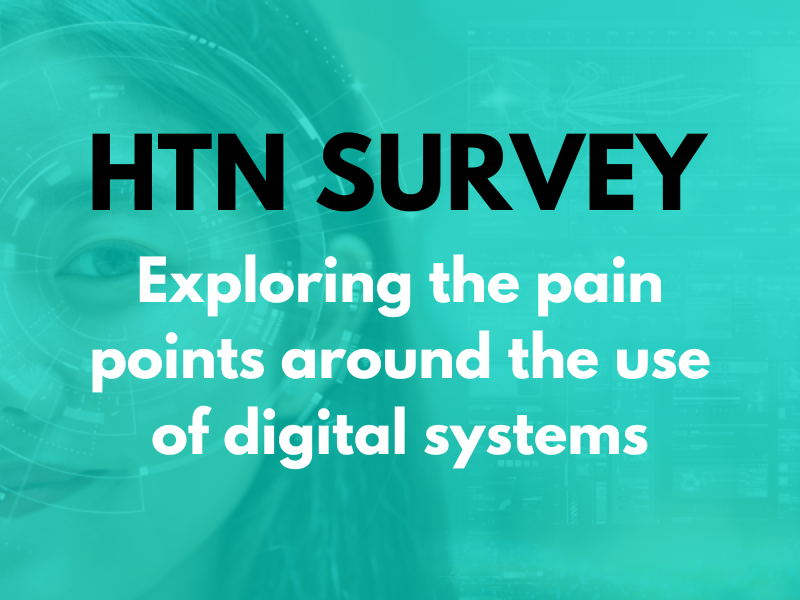Kent and Medway ICB’s Digital, Data and Technology (DDaT) strategy for 2025 – 2029 has been published, sharing intentions to personalise services, focus on prevention, promote interoperable systems, and use data-enabled strategic commissioning to target needs and allocate system resources.
Setting out the system’s current state, the board refers to a “fragmented” digital landscape with varied maturity across providers, limited sharing of digital infrastructure and resources, a lack of an ICS-wide solution for multi-organisational care teams, and “poor” interoperability between EPRs. It also talks about the “proliferation” of patient-facing apps, many of which are not integrated with the NHS App, and inconsistent digital enablement of referral pathways. A focus is needed on attracting and retaining digital talent, along with improving access to and use of data, much of which is stuck in siloes, the ICB continues.
Five priority areas are outlined, including equality and digital inclusion, where the board shares plans to use population health analytics and risk stratification to identify need and target resources, to scale remote monitoring and virtual wards, and to build digital skills with targeted learning. Infrastructure needs to be secure, scalable, and interoperable, with commitments highlighted to adopting cloud-first and API-first architecture, implementing FHIR-based interoperability, consolidating legacy systems, and standardising data models.
Kent and Medway note that AI sandboxes will help support innovation, that they have an aim to deploy AI-assisted triage and workflow tools, embed clinical decision support in EPRs and virtual care pathways, and use automation for administrative tasks. The Federated Data Platform and Secure Data Environments will be “stood up” with role-based access, real-time data flows will be enabled, and the ICB will align with FHIR and SNOMED to improve its data quality.
For 2026, ambitions include scaling up remote monitoring, adopting FDP modules, rationalising legacy systems, digitising outpatients, and having more than 90 percent of providers at level three or higher for digital maturity. By 2027, the ICB hopes to have 75 percent of residents using the NHS App, to support ICS-wide risk stratification, and to have 80 percent of LTC patients supported by digital tools.
60 percent of all appointments will be booked digitally by 2028, the board shares, with digital outpatient pathways enabling booking and follow-up via the NHS App. 2028 will also see the scaling of evaluated AI test beds, and the mainstreaming of shared care plans. Looking ahead to 2029, objectives cover the introduction of agentic automation in corporate services and the development of person-centred virtual care pathways for elective and non-elective care.
Wider trend: Interoperability
In a recent HTN Now webinar, we were joined by Neill Crump, digital strategy director at Dudley Group NHS Foundation Trust; Ananya Datta, associate director of primary care digital delivery at South East London ICS; and John Kosobucki, CEO of OX.DH. In the session, we discussed how health and care can tackle challenges around interoperability, looking at the key steps that can be taken to make progress in this area. Our expert panellists shared details about their own projects and programmes, providing insights into strategy, approaches and potential improvements that can be made.
The Data Use and Access Bill formally entered into law earlier this year, in a move the government hopes will cut NHS bureaucracy and accelerate innovation in science and tech. The bill states the intent for interoperability, for real-time access to health information such as pre-existing conditions, appointments, and tests, across different care settings “no matter what IT system they are using”. The government estimates that enabling data sharing across platforms will save NHS staff 140,000 hours per year in admin.
NHS England engagement with the public and suppliers on the development of the Single Patient Record (SPR) has highlighted key expectations around access, transparency, interoperability, and data ownership. Amongst feedback from public engagement is the sentiment that the SPR “feels like a long-overdue solution to many of the frustrations the public feel across multiple health and care settings”. The public also noted the need to implement controls and monitoring around access, such as tiered access being described as “essential” to securing public trust, and a record of access offering reassurance that access is subject to constraints and oversight.








